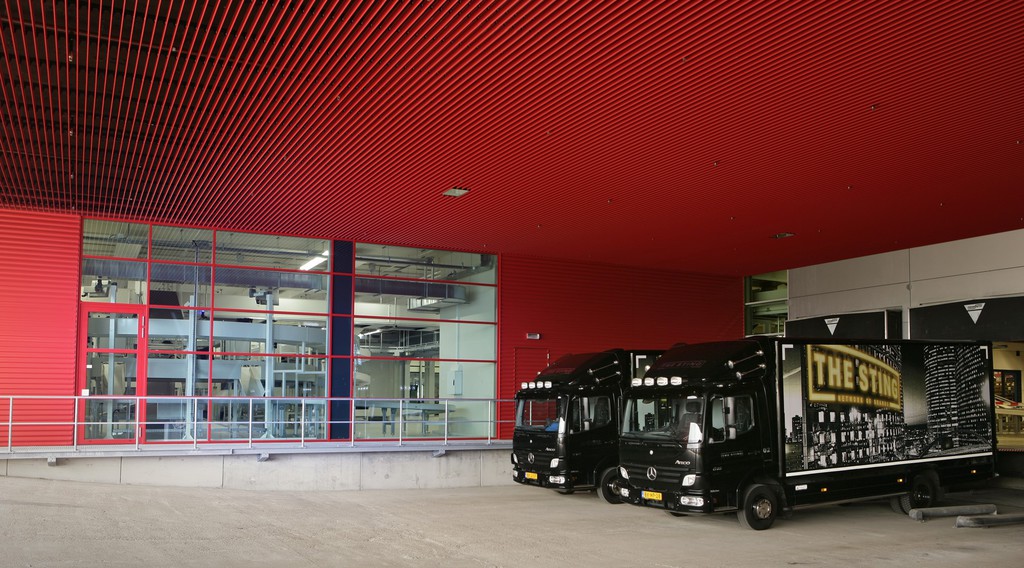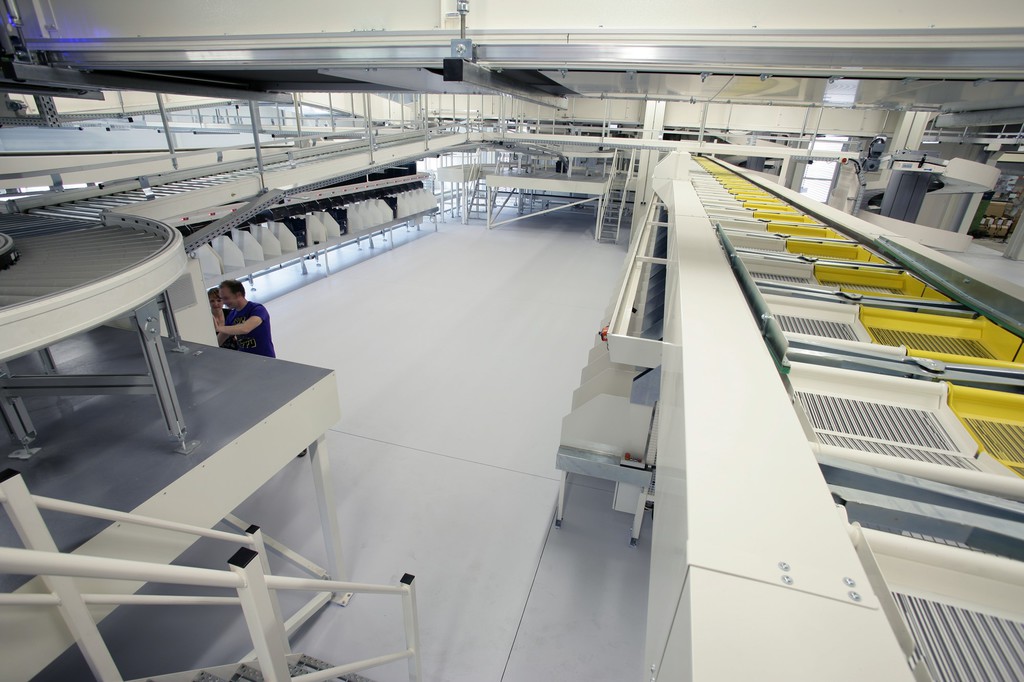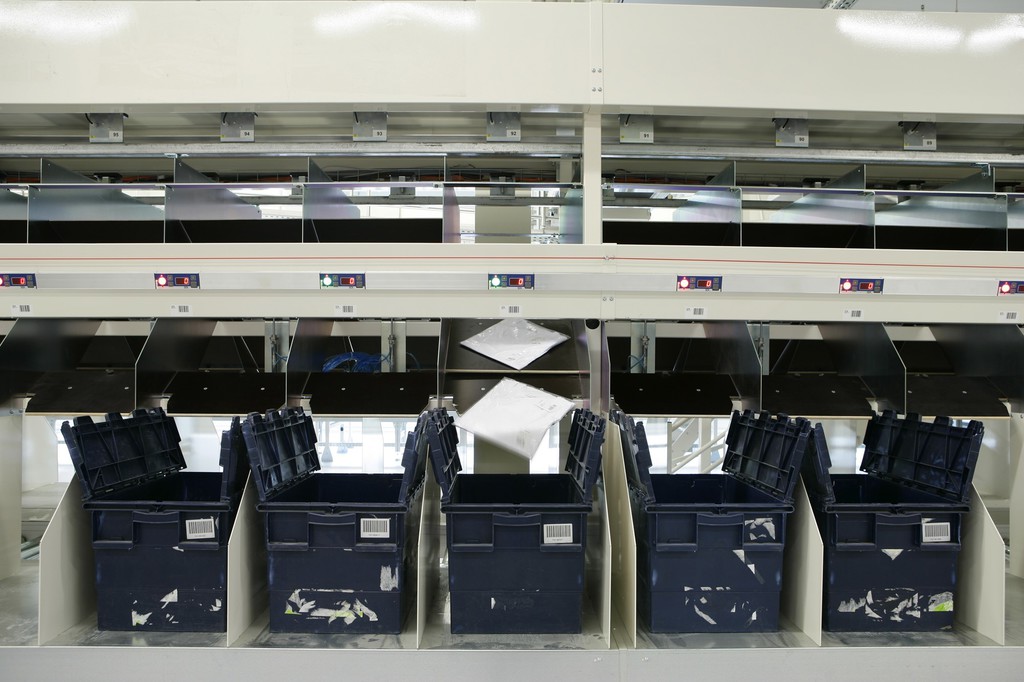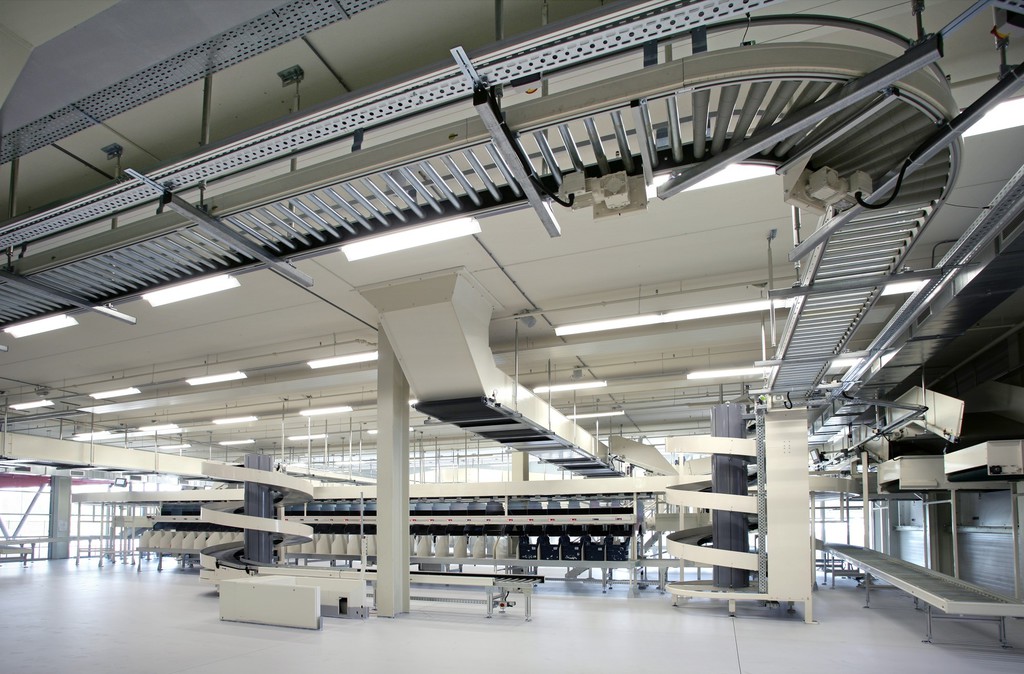| Home> | Automation | >Automated handling | >Fashion retailer uses fast sortation technology |
| Home> | Automation | >Automated storage | >Fashion retailer uses fast sortation technology |
| Home> | Automation | >Picking & sortation | >Fashion retailer uses fast sortation technology |
Fashion retailer uses fast sortation technology
15 July 2013
Fashion brand, The Sting, has used fast sortation technology to effect rapid store replenishment, giving the retailer a significant competitive edge.
The Sting is a leading fashion brand in The Netherlands with 85 stores serving the style needs of both males and females from the ages of 14 to 45. Building on 30 years of success, the company has rapidly developed its home market over the last decade and is now expanding internationally, having opened in recent years six stores in Germany, four in Belgium and two in London.
Across its network of stores The Sting sells nearly 17 million items of clothing and accessories per annum, and being in a highly competitive retail environment, caters for a fast changing market by presenting its customers with a new collection every two months. Its comprehensive range of products for both sexes - in different colours, styles and sizes - amount to 45,000 skus, all of which are distributed to its stores from a central distribution hub in Tilburg, The Netherlands.
Keeping ahead of the competition and maximising margins in fashion retailing demands an agile supply chain capable of delivering rapid store replenishment – a concept Marc van den Dungen, Director of Logistics at The Sting, is well aware of.

In 2005 the company seized on the opportunity presented by fast sortation technology for effecting rapid store replenishment and invested in its first flat sorter from SDI Group. Five years on, in 2010, van den Dungen doubled the company’s capacity for stores replenishment by installing the latest in flexible sorting technology from SDI – the FSU which runs at 32,000 carriers per hour.
"We used to do it manually, but we needed to know the exact number of pieces supplied to each shop for replenishment. The sorter has scanners mounted above it, and they can tell us with 99.99 per cent accuracy that the right quantities are going to the correct stores – that’s why we wanted automation,’ says van den Dungen.
"We started in 2005 with our first sorter from SDI Group. Then two years ago we bought a second sorter from SDI and it has now been running for over a year. The first sorter handled 10,000 pieces an hour and now the latest one sorts 20,000, but at the moment we only need capacity for 16,000. So we have spare capacity of 4000 items,” he says. "Right now we don’t need the full capacity – at least, not each day – but in the future we expect to use both sorters. When we installed the new sorter we upgraded the software so that we can run both sorters if needed.”

There are eight induction points on the new sorter – four on the old. Items are manually placed on to the tray of the sorter and the system will read the bar code automatically, sorting each item automatically to one of the drop locations. "You can throw different pieces, sizes and colours over the FSU. In the past we had to finish one colour before we could start with a second but on the FSU you can throw anything on to it and the system knows which store needs each colour, which size.
"The new sorter is much more flexible and allows for incline and decline sections to be built in. It can be brought down to ground level and/or it can be run like a snake through the building. The carrier is completely enclosed within the track, giving it great flexibility. Also, if we have problems with a tray we can replace it quickly on our own,” he says.
The FSU’s inherent flexibility was a critical factor in shoehorning the sorter within the tight footprint of the new warehouse extension. Most of the structure was supported from the ceiling, freeing up space. But a clever design feature to the FSU effectively doubled the sorts per drop location. The Bombay style tray releases an item at a drop point and as it falls it is diverted left or right by a flap to its designated store. Each of the two sorters has 120 drop points.

But how has the investment helped the retailer compete? "We are doing extremely well. Because what we sell today will be in the store again tomorrow,” says van Dungen. "Each hour we get ‘cash-out’ results on the items selling and at the end of the day we make a replenishment, so the same items will be in the shop again tomorrow. We start the replenishment process at 6pm and by 10am the following day the replenished stock will have arrived at the store. And that goes for our London stores too – the shipments will be picked up at 11pm and they arrive at 10am the following morning.”
And why did The Sting select SDI Group to work with? "There are not a lot of players in this market. But in the end it came down to three in total. I had a good feeling about SDI Group. It was not the money, as SDI was a little more expensive than the other companies, but it was the feeling of my heart.
"The installation was very quick and the testing of the software was fast too. This was helped by the fact we had bought a very similar sorter back in 2005 and the same software people were involved,” says van Dungen. "The implementation went very smoothly and was completed within just six weeks, which was quite impressive as the installation for the FSU was in a very small area of our warehouse and they put a lot of equipment in there – so the engineering was complex. But the change over to the new sorter went very well and, through good planning, went with very little disruption.
"Yes, we have a very good working relationship.”

- Pouch above your weight
- ASDA George partners with SDI
- Maximising the value locked in returns
- SDI reshuffles management team
- SDI makes mark at exhibitions
- Company created to target postal and package e-commerce market
- Fast, flexible handling
- SDI Group seals deal with Astas for Turkish fashion market
- 3PL moves from manual to automated sortation
- Fashion for flatpacked










/GRABOMATIC LOGO-tn.jpg)
















